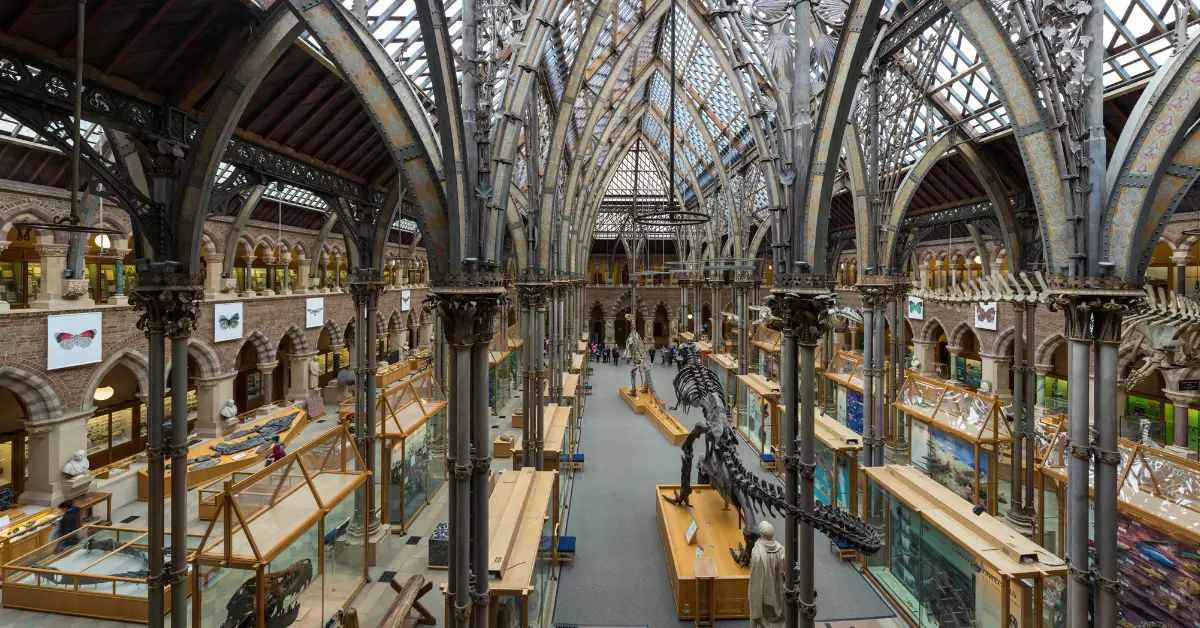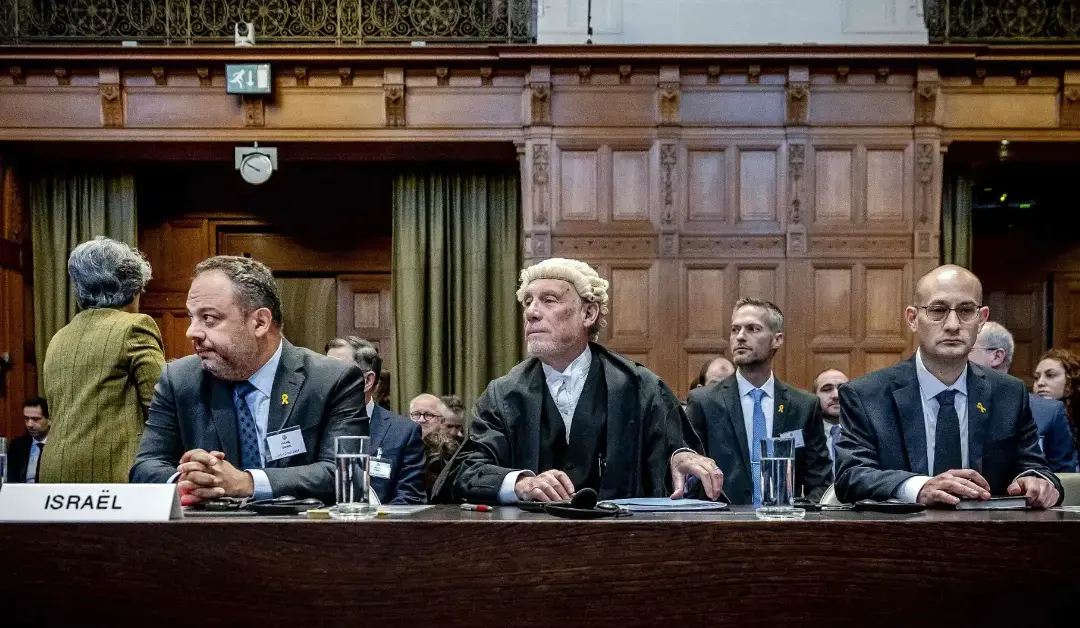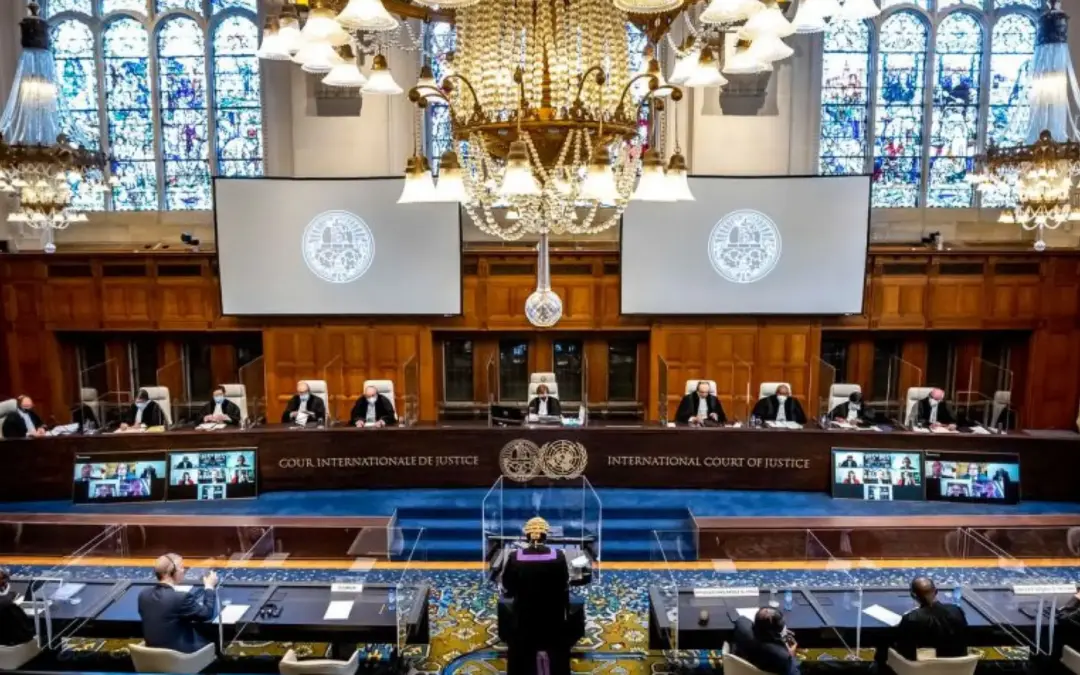Cultural annihilation refers to the deliberate destruction or assimilation of a particular group’s cultural identity, practices, and heritage. Throughout history, countless societies have experienced the erosion of their unique traditions and beliefs due to colonization, war, globalization, and forced assimilation.
The consequences of cultural annihilation are far-reaching and affect not only the affected communities but also the world at large. This article explores the significance of preserving cultural diversity, the two identities we all possess, and the cultural implications of such preservation.
The Two Identities
Christopher Powell and Julia Peristerakis, two esteemed scholars, argue that every individual has two identities: the individual identity and the cultural identity.
The individual identity pertains to one’s personal characteristics, such as name, personality, and preferences, while the cultural identity refers to the collective traits shared with a particular cultural group, including language, traditions, beliefs, and historical experiences.
When cultural annihilation occurs, the destruction of cultural identity threatens the very core of a community’s existence. This loss can lead to a feeling of detachment and alienation among the affected population, resulting in a weakened sense of belonging and self-identity.
Examples of Cultural Implications
- Linguistic Diversity: Languages hold a significant role in preserving cultural heritage. When a language becomes endangered or extinct, unique knowledge, stories, and worldviews vanish along with it. Preserving linguistic diversity is vital to maintaining cultural richness and promoting cross-cultural understanding.
- Traditional Practices: Cultural annihilation often leads to the abandonment of traditional practices, rituals, and ceremonies that have been passed down for generations. These practices not only foster a sense of community and continuity but also hold invaluable knowledge about sustainable living, medicinal practices, and ecological preservation.
- Knowledge Systems: Many indigenous cultures possess extensive knowledge about the natural world, local ecosystems, and sustainable resource management. With the loss of their cultural identity, this valuable knowledge is at risk of disappearing, hindering our collective efforts to address contemporary global challenges.
- Art and Creativity: Every culture contributes unique art forms, music, dance, and crafts that reflect its beliefs and experiences. The annihilation of these cultural expressions not only deprives the world of artistic diversity but also suppresses creativity and innovation.
- Historical Narratives: Cultural annihilation often involves the rewriting of history to suit the conquerors or dominant groups. This manipulation erases the authentic narratives of the oppressed and misrepresents historical events, leading to further marginalization.
Preservation Matters
Preserving cultural diversity is not merely an altruistic endeavor; it is essential for humanity’s progress and collective well-being. Recognizing and celebrating different cultural identities allows for a deeper understanding of each other’s values, traditions, and experiences, fostering empathy and tolerance.
Furthermore, cultural diversity sparks creativity and innovation by exposing societies to new perspectives and ways of thinking. It enriches the global cultural tapestry, leading to a more vibrant and dynamic world.
Steps Towards Preservation
- Cultural Exchange: Encouraging cultural exchange programs allows for the sharing of traditions, practices, and knowledge between different communities.
- Education and Awareness: Integrating diverse cultural histories and narratives into educational curricula can foster respect and appreciation for various identities.
- Cultural Heritage Protection: Governments and international bodies should collaborate to safeguard cultural heritage sites and artifacts from destruction or looting.
- Support for Indigenous Rights: Empowering indigenous communities to retain control over their ancestral lands and cultural practices is crucial to preserving their identities.
- Promote Multicultural Policies: Encourage policies that celebrate diversity and protect the rights of minority groups within societies.
Conclusion
Cultural annihilation poses a significant threat to the diversity and richness of human civilization. Preserving cultural identities is not only a matter of respect and human rights but also a necessary step towards a more inclusive and compassionate world.
By valuing and protecting cultural diversity, we ensure that the legacy of each culture lives on for future generations, creating a global society enriched by the wealth of its collective heritage.











